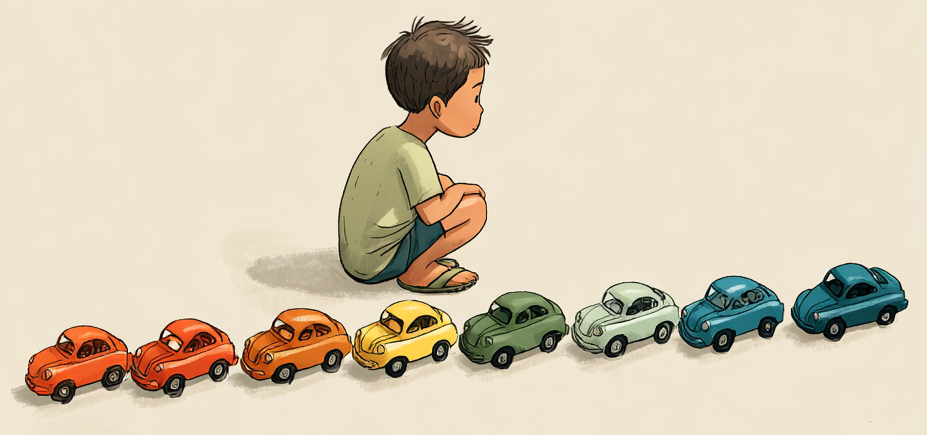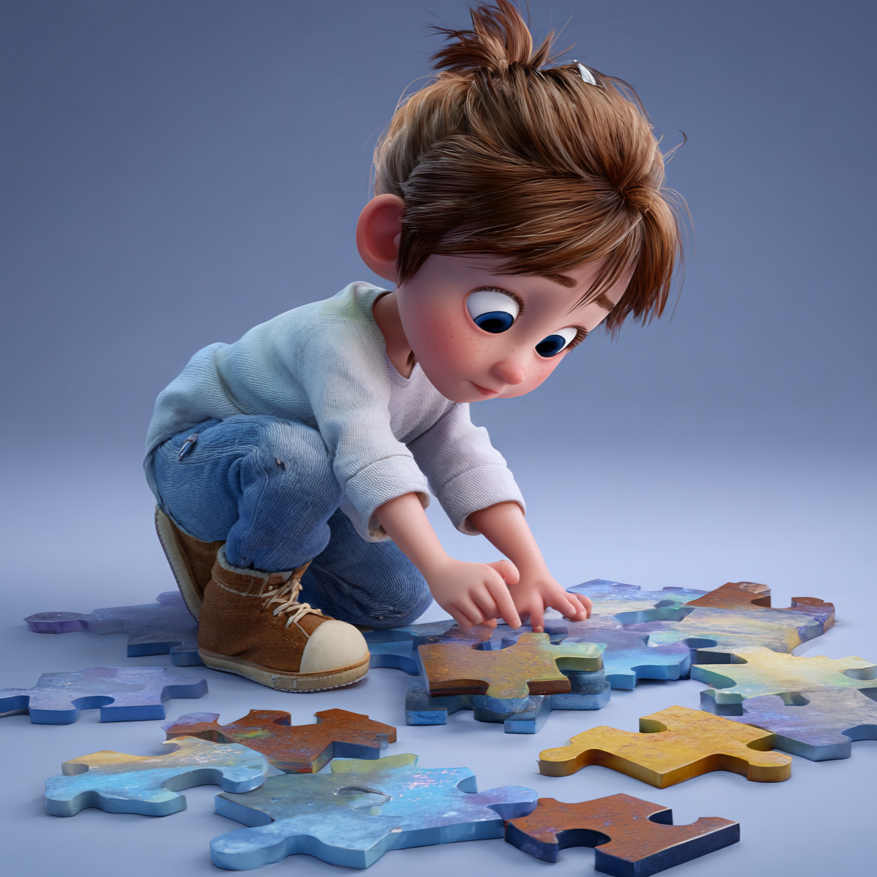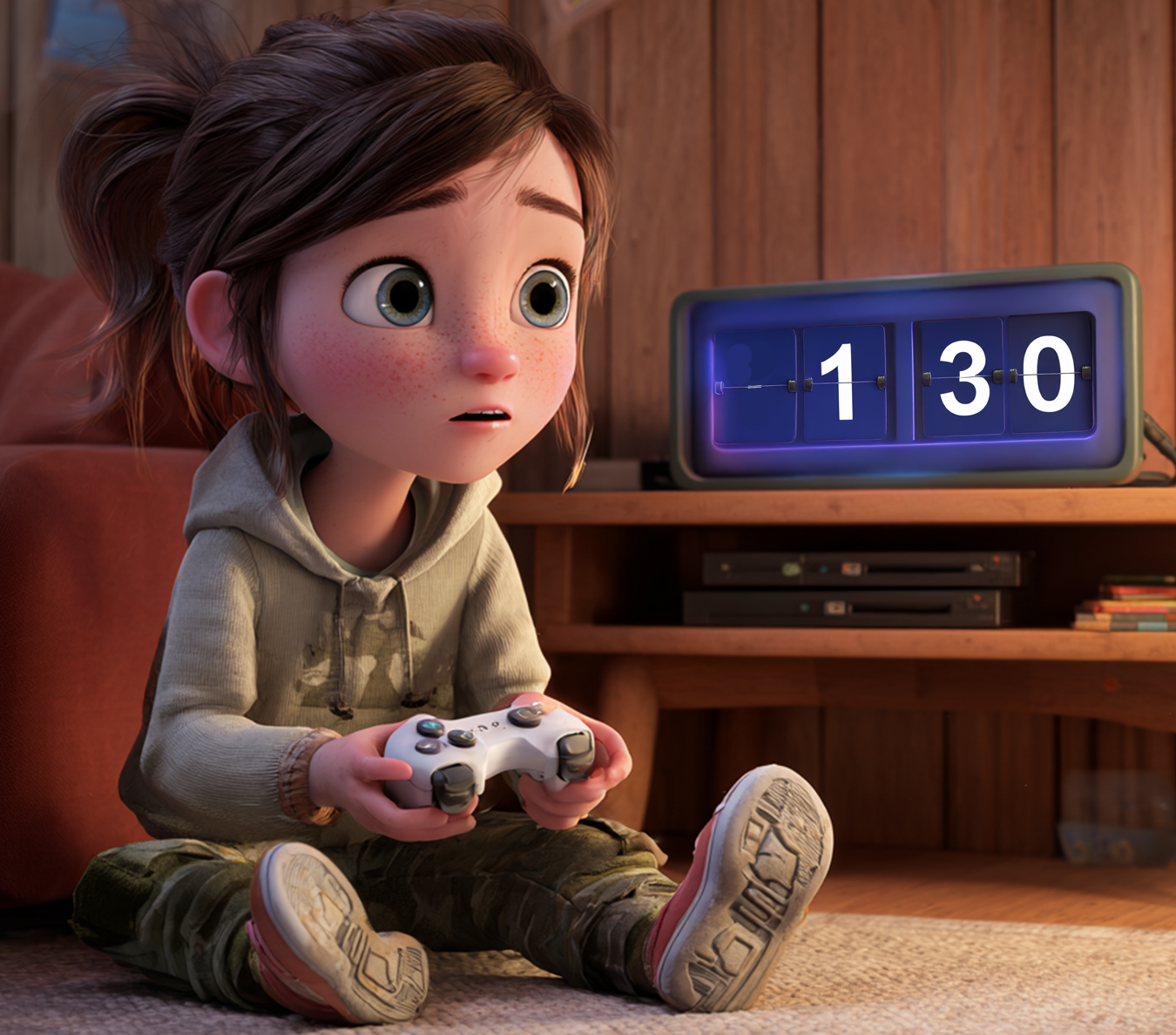#1 Why Every Child Can Learn Math (Even if They Hide Under the Table at Homework Time)
Every Child Can Learn Math (Seriously)
Let me say it loud for the people in the back: every child can learn math. I know, I know. There’s always that one kid in your life—maybe your kid, your niece, or the kid in the back of your class who only comes alive when it’s time to glue macaroni to paper—that you’re just not sure about. But I’m here to tell you: yes, even that child. The one who hides under the table when you say “word problem.” The one who negotiates harder than a corporate lawyer to avoid doing their times tables. That child is already doing math—and doing it well. They just don’t know it yet. And if we’re being honest, neither do most adults.
Kids Are Natural Mathematicians—Before We Teach It Out of Them
Let’s rewind for a second. Imagine a toddler. No school. No worksheets. No standardized testing. Just pure curiosity. And yet somehow, that kid knows that if you give their sibling two cookies and they only got one, justice has not been served. No one taught them fractions. They just know. They’ve got this internal “cookie calculus” running in the background, and it’s astonishingly accurate.
We see it when toddlers line up their toy cars by color or stack blocks from biggest to smallest.
When they figure out that dad leaving in his brown shoes means daycare is next, but sneakers means pancakes and cartoons. These are patterns. These are sequences. These are routines being observed, sorted, categorized—and adjusted. No flashcards required.
I once watched a four-year-old argue with her older brother using logic that would make Aristotle proud. “You had screen time twice yesterday, so today it’s my turn twice.” That’s some ratio reasoning right there. She didn’t call it that, of course. She just knew it was fair math. Every child can learn math because they're already applying these logical frameworks to negotiate their world—they're just doing it in ways that actually matter to them.
What If the Problem Isn’t the Kids—It’s the Way We Teach Math?
Now here’s where it gets interesting. If kids are such natural problem solvers, what happens between sorting shapes in preschool and dreading math class in fifth grade? Spoiler alert: it’s not that their brains suddenly broke. It’s that math becomes unrecognizable to them.
We start replacing curiosity with correctness. Questions with right answers. Play with pressure to perform. And before long, the joyful "what if?" turns into a fearful "what’s the formula?" We take these little pattern-detecting machines and suddenly expect them to memorize multiplication tables without understanding why eight times seven is the same as seven times eight. It's like teaching someone to drive by making them memorize the owner's manual without ever letting them see a car.
We treat math like it’s some elite club. Membership requires memorizing procedures without knowing why they work. Suddenly, kids are not doing math anymore—they're performing math. And for a lot of them, it feels like bad community theater. There are scripts and marks to hit, but no idea what the play is about and why they keep getting it wrong. Cue the math anxiety.
And when we start labeling kids as “math kids” or “not math kids,” we aren’t describing their ability—we’re describing our failure to see their thinking. Every child can learn math. But not every child can learn math the same way. And thank goodness for that, because the world needs both the spreadsheet-lover and the pattern-seeking storyteller.
Let's Talk About What Kids Actually Know (Even When They Say They Don't)
Here's a secret I wish more adults knew: kids are doing mathematical thinking all the time. You just have to look for it. Watch them build forts out of couch cushions. That's geometry and spatial reasoning happening in real time. They're calculating angles, testing structural integrity, and problem-solving their way to the perfect hideout. Listen to how they negotiate bedtime—"Five more minutes. That's like nothing compared to how long I was at school." That's proportional reasoning mixed with expert-level persuasive math.
Or my personal favorite—those quiet moments of self-correction. A child says, “This puzzle piece doesn’t fit here,” and then rotates it, tries again, and gets it. That’s iteration. That’s data feedback. That’s computational thinking, and no one had to explain it in a PowerPoint with a pie chart.
When a five-year-old notices that the red Legos are running out faster than the blue ones, they're analyzing scarcity, volume, maybe even probability. When they sort their M&Ms by color before eating them—and yes, that's a real phenomenon, don't act like you've never done it—they're applying classification systems, making predictions, and engaging in decision-making based on patterns. Again, no formal training. Just observation, curiosity, and a healthy dose of sugar-fueled experimentation.
And let's talk about their obsession with fairness, because honestly, it's both hilarious and mathematically impressive. Kids are like tiny auditors when it comes to snack distribution. "She got three goldfish and I only got two!" That's not just whining—that's comparative analysis. They're doing one-to-one correspondence, understanding quantities, and applying concepts of equity that would make economists weep with pride.
From Everyday Thinking to Formal Math—How We Bridge the Gap
So the big question is: if every child can learn math, and they’re already doing math-y things, how do we connect the dots between their intuitive world and the formal structures of school math? Here’s where things get fun, and also where a lot of us mess it up.
We start with what they already know—and help them see it. We ask questions that draw out their ideas, even if they don’t sound “correct” at first. We create spaces where explanations matter more than answers. We invite students to notice, wonder, test ideas, try things out, and revise. Basically, we treat them like the natural scientists they already are instead of trying to turn them into tiny calculators.
We don’t hand them formulas before they’ve even asked the question. We let them wrestle with a good problem first—one that’s meaningful and has multiple ways in. Then, once they care, we help them formalize their strategies, connect them to more generalizable tools, and celebrate their thinking at every stage.
And no, this doesn’t mean chaos or tossing out structure altogether. It means we build bridges between play and precision, between informal sense-making and formal reasoning. That bridge is where the magic happens. That’s where math becomes theirs instead of something that’s being done to them.
Trust the Brain (Even If It’s Wearing a Superhero Cape)
There’s a reason why neuroscience research backs this up. Kids' brains are wired for pattern recognition. From infancy, they are scanning their world for structure and meaning. When given rich experiences and feedback, they strengthen connections. They build schemas. They generalize.
In short, the brain is doing what it does best—learning. Especially when it’s allowed to explore. The danger comes when we rush to “correct” thinking before it’s had time to grow.
Imagine interrupting a toddler halfway through figuring out how to stack blocks and just handing them a diagram of a tower. “This is the right way. Now memorize it.” That’s what often happens in early math instruction. We override their intuitive process with ours. And then we wonder why they don’t feel ownership.
Every child can learn math, not because we drill it into them, but because their brains are designed to figure things out—with the right support, feedback, and a bit of time to play. The trick is trusting the process long enough to let it work.
Math is Not Just a Subject—It’s a Way of Seeing
So here’s the call to action—whether you’re a parent, teacher, or curious human being: look closer. Start noticing the math that’s already happening in the lives of children. Name it. Celebrate it. Build on it.
If we want to change math outcomes, we don’t start with fancier textbooks or more homework. We start by believing that every child can learn math. Then we design experiences that prove it.
And hey, if you're still not convinced, let me just leave you with this: the same kid who can't remember how to carry the one can somehow remember exactly how many turns their little brother got on the video game last weekend down to the second. That’s not a memory problem. That’s math, applied with precision and vengeance.
Let’s stop trying to fix kids, and start fixing the way we see their brilliance. Because math is not about sorting kids into “smart” and “struggling.” It’s about making sense of the world. And every child—yes, every child—is already doing just that.



